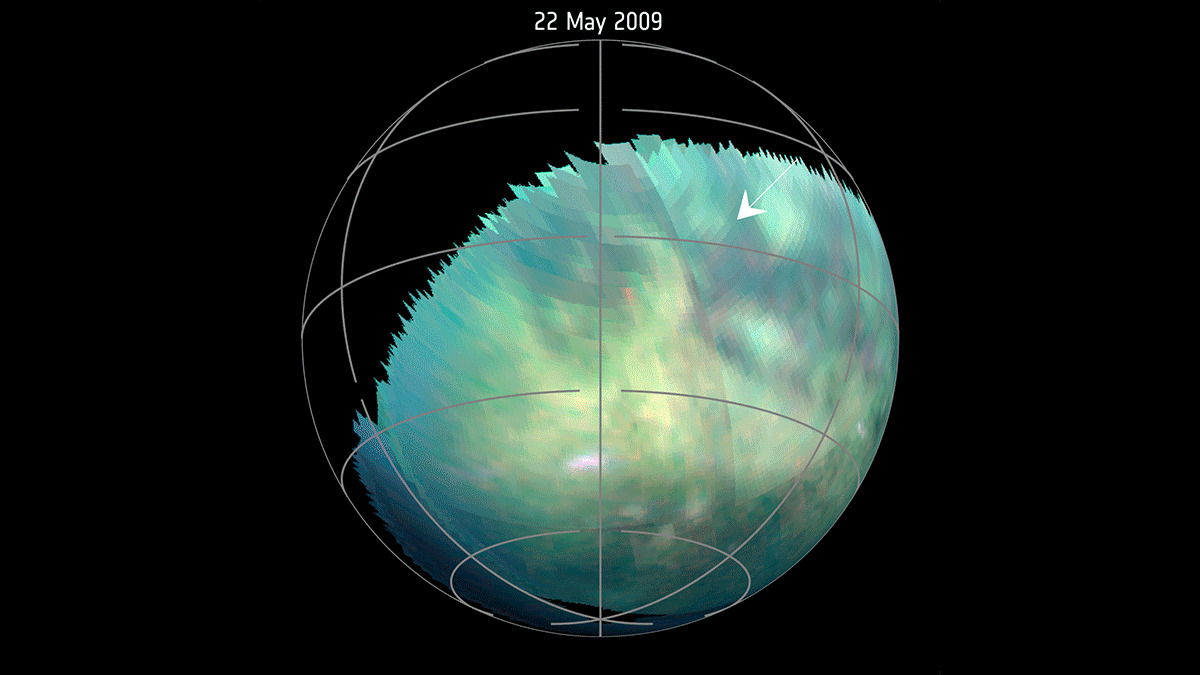Saturn's Moon Titan Also Has Dust Storms
Contrary to what most of us may have imagined as kids, the planets in our solar system aren't all just spheres of solid rock. Some are completely gaseous, others may be liquid. Their moons are just as varied in composition and behavior. Titan, one of Saturn's moons, is strangely one of the few members of our neighborhood that has some similarities to our own Earth. Now scientists may have discovered yet another similarity. Titan, just like Earth and Mars, may actually have dust storms.
It's quite surprising to learn that a planet's moon may have more in common with earth than our other planetary siblings. Of all the moons in the solar system, it is the only one with a significant amount of atmosphere. And of all the other bodies in our solar system, both planets and moons, it is the only one besides the Earth that still has stable bodies of surface liquid. Except where the Earth has water, Titan's liquid reservoirs are filled with methane and ethane.
Titan also has seasonal weather, just like the Earth, and it even has storms in tropical regions, except, as mentioned, it rains methane instead of water. So when scientists were examining some IR images taken by the Cassini probe, they initially thought some bright spots near the Titan's equator were such rains. Closer investigation, however, revealed something not unsurprising but still revealing.

According to a paper penned by Sebastien Rodriguez and his team at the Université Paris Diderot, France, these spots were actually dust storms. Such particle storms are produced when sunlight interacts with methane to produce organic material that grows large enough to fall down to the surface as organic dust. While a small amount of organic dust was believed to have been "kicked up" when the Huygens Probe landed on Titan in 2005, these dust storms would imply that the moon has winds strong enough to generate them.
This reinforces the image of Titan as a very active moon, in contrast to other planetary satellites that have long "died". Those strong winds could move the sand on Titan's surface and shape its dunes. In other words, Titan's surface is still actively changing and it could have more secrets to reveal in due time.
